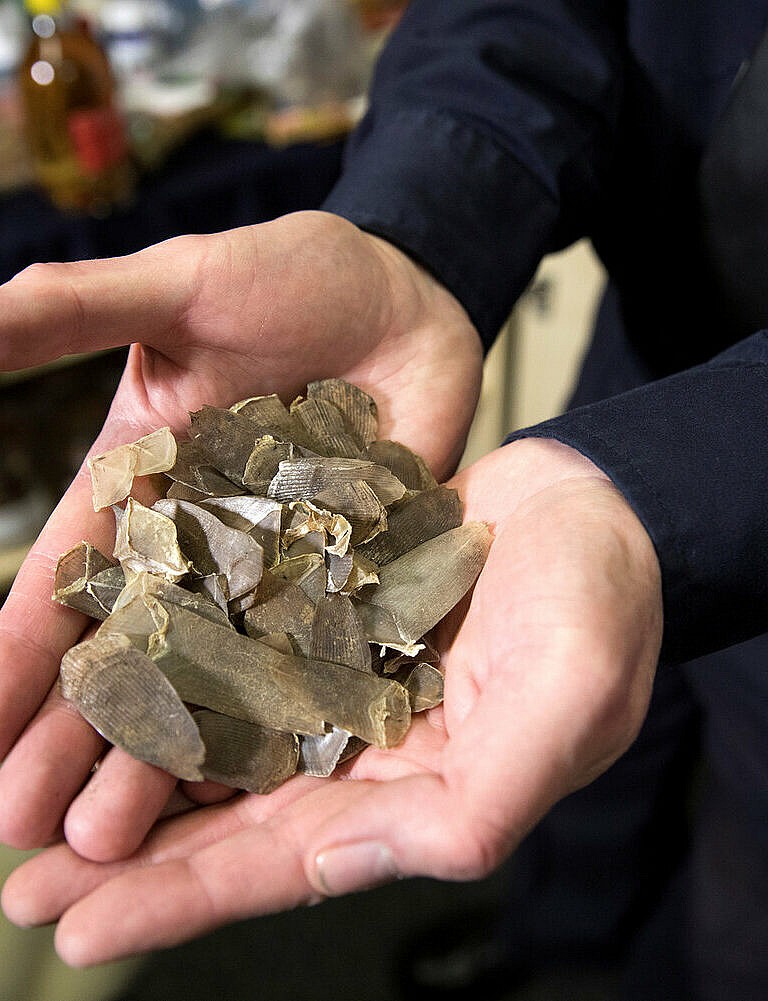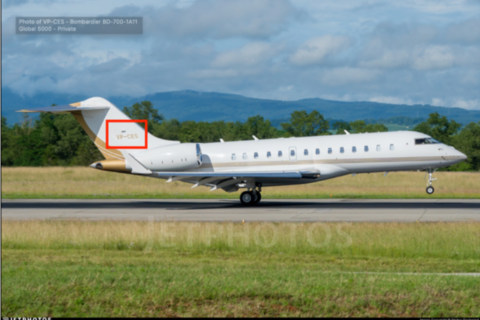Shared Skies

By analyzing data in the C4ADS Air Seizure and World Customs Organization Customs Enforcement Network (WCO CEN) Databases, this brief offers examples of data-backed linkages between wildlife trafficking and other illicit activities and introduces a framework of five levels of convergence in which trafficking activities can occur.
Executive Summary #
Wildlife trafficking, like other illicit activities, exploits vulnerabilities in systems of communication, finance, and transportation—including the aviation sector. These points of weakness can be co-opted by numerous trafficking operations (wildlife, drugs, weapons etc.) alike, creating illicit convergence at the level of a shipment, organization, route, hub, and jurisdiction. Understanding trends in illicit convergence can help identify fundamental vulnerabilities in the aviation industry, which, if addressed, can substantially diminish the ability of criminals to exploit this infrastructure.
By analyzing data in the C4ADS Air Seizure and World Customs Organization Customs Enforcement Network (WCO CEN) Databases, this brief offers examples of data-backed linkages between wildlife trafficking and other illicit activities and introduces a framework of five levels of convergence in which trafficking activities can occur. The findings should not be considered a comprehensive mapping of illicit convergence but do highlight instances of convergence at the shipment, route, hub, and jurisdiction levels. Notably, two-thirds of cities that reported significant wildlife trafficking activity were also linked to other (non-wildlife) trafficking instances, and approximately half of jurisdictions exploited by other trafficking also appeared in wildlife seizure data.
By leveraging data on illicit convergence, customs, national and international police, counter-trafficking agencies, wildlife conservation authorities, inter-governmental bodies, civil society institutions, private-sector wildlife task forces, and other stakeholders can demonstrate the wide-ranging impact of counter-wildlife trafficking initiatives, guide mitigation activities, and ultimately reduce criminal activity in the air transport sector.
Impacts from measures to counter wildlife trafficking and other convergent illicit activity can be amplified by 1) improving global collection, reporting, and accessibility of seizure data, 2) increasing collaboration in understanding and addressing convergence, and 3) refining mitigation activities to secure the aviation industry.
Key Recommendations #
1. Improve Global Collection, Reporting, And Accessibility of Seizure Data:
- Customs and other law enforcement authorities should increase public reporting on seizures, including seizure location, flight route, transport method, a description of the seized products, and links to specific criminal organizations.
- Customs, law enforcement agencies, wildlife conservation authorities, and civil society institutions that maintain data on illicit activities should structure and integrate this data into a centralized, accessible, secure database that covers all types of illicit activity.
2. Increase Collaboration in Understanding and Addressing Convergence
- Aviation and enforcement stakeholders should recognize the need to include wildlife trafficking as part of a holistic, transnational approach to combatting organized criminal activities exploiting the aviation industry.
- Law enforcement should convene meetings with private sector stakeholders (such as airlines, airports, freight forwarders, and couriers) to identify convergent criminal activities—for example, through route-level convergence data, trafficking methods and identified criminal actors—and discuss collaborative responses.
- Customs, police, counter-trafficking agencies, and inter-governmental bodies should formalize collaboration on criminal convergence through forums such as task forces, inter-governmental consortiums, data-sharing agreements, and memorandums of understanding.
3. Refine Mitigation Activities to secure the Aviation Industry
- Customs, law enforcement agencies, wildlife conservation authorities, and private-sector stakeholders (such as airlines, airports, freight forwarders, and couriers) should incorporate convergence analysis into the budgets and programming of relevant policies, practices, and incentives.
- Law enforcement agencies should conduct joint investigations into convergent trafficking operations, collaborating with government, civil society, and private-sector stakeholders across all relevant illicit activities.
- Customs, law enforcement agencies, wildlife conservation authorities, and civil society institutions should collaborate with transport industry stakeholders to conduct vulnerability assessments of critical transportation infrastructures to identify any conditions that are facilitating illicit activity.
- Aviation stakeholders should publicly adopt a zero-tolerance policy against all illicit activities and expand existing human resources and operation policies addressing illicit or criminal activity to encompass wildlife trafficking.
- Law enforcement authorities, private-sector stakeholders, and intergovernmental bodies should prioritize the development of automated detection and other emerging technologies that can screen for multiple types of illicit goods.
- Government and civil society stakeholders should engage actors outside of the aviation industry (e.g. land and maritime transport, as well as systems of communication and finance) to ensure that relevant investigative findings, analytical insights, and effective mitigation policies and practices are shared across all relevant legal systems.
- Acknowledging that approaches to and coverage of seizures currently focus on one commodity, government and counter-trafficking agencies should ensure that existing programs and resource allocations address transnational crimes as linked and convergent threats, irrespective of commodity.






